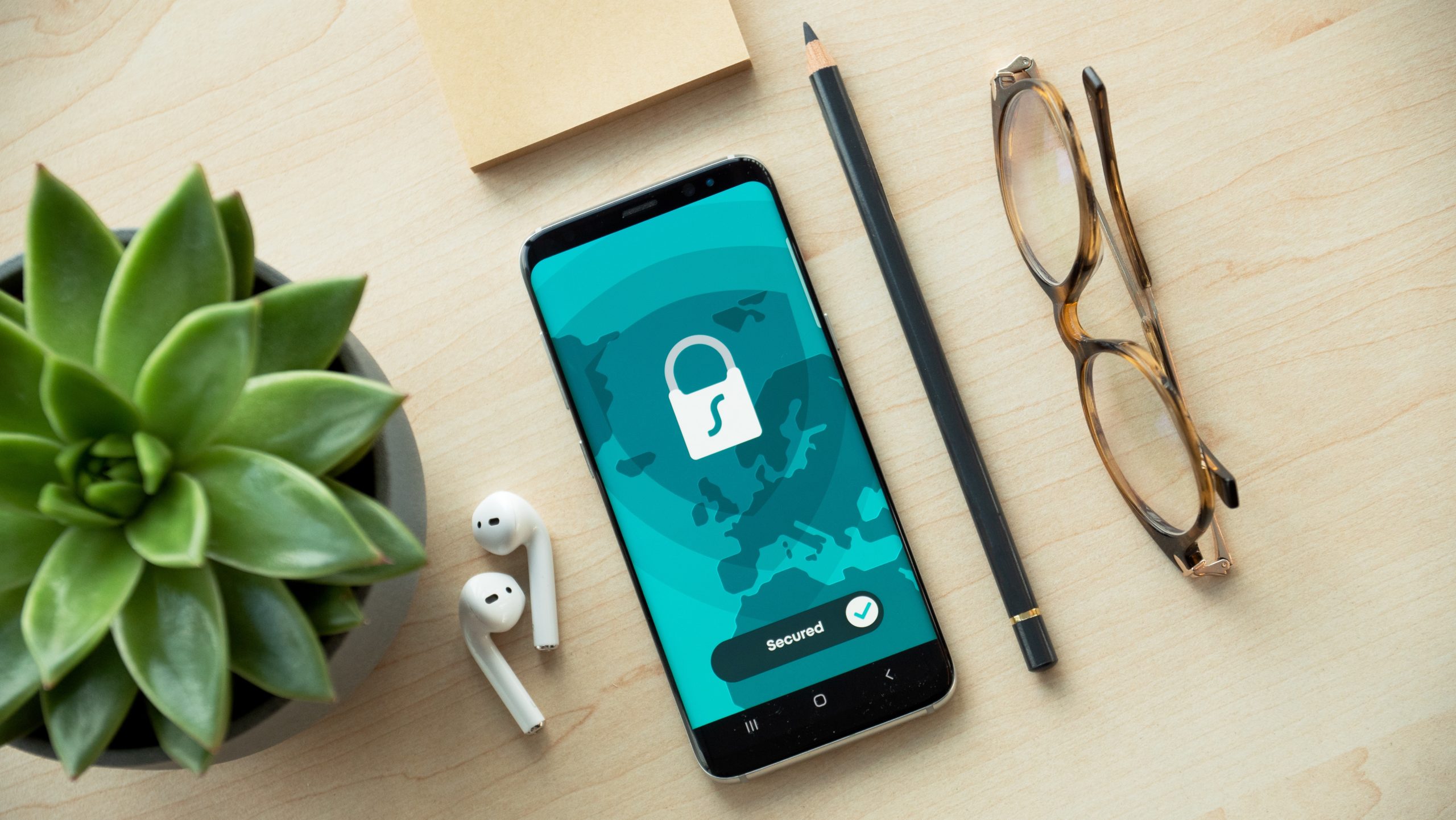
It is no secret that we live in an age of information wherein data is perhaps even more valuable than money itself. Modern businesses use a plethora of communication channels and their data flows are immense on a daily basis. Email accounts for one of the most widely used communication platforms and making sure these channels are as secure as possible is an integral part of an organization’s workflow. Emails often carry sensitive data critical to the success of a company, which means that these messages need to be managed, streamlined, archived, and properly secured. Let’s talk about ways to implement email data security.
According to recent research conducted by Statista, over 319 billion email messages are going to be sent and received during 2021 alone. In 2024, this number is expected to reach 361 billion. When we take into account a survey performed by Osterman Research claiming that typical organizations store and archive 75% of their intellectual property and sensitive data across their ecosystems of communication channels, it is easy to deduct that making sure this information is properly protected should be among your top priorities.
This is why more and more businesses are bumping up their investments in securing this type of sensitive environment. Preventing disaster scenarios, whether we are talking about cyber attacks or physical damage, and your preparedness to bounce back should one occurs, are critical when it comes to preserving sensitive data and company secrets.
Email platforms, being one of the most used means for conveying, managing, and storing this type of data, should feature robust, easy-to-use, and budget-friendly security systems. That said, let’s go over some of the recommended best practice guidelines for ensuring email protection.
Create A Detailed And Tight Cybersecurity Plan
Developing a wide, comprehensive, well-thought-out, and air-tight cybersecurity plan will make sure your organization is capable of preventing almost all types of cyber threats and other similar risks that permeate the online world. Email security should be one of the main components of this strategy as email-borne threats are among the most widely spread attacks within the modern business landscape.

Be sure to implement all the necessary policies, employee guidelines, required technologies, and best practice methods in terms of creating an optimal cybersecurity plan for your unique organization. Here’s an informative article that can help you with this by providing actionable advice.
Implement Proper Email Security Solutions
Tools like antivirus software, malware protection, and email security solutions are able to substantially upgrade your data protection systems and minimize the risk of human error. Human error is an inevitable part of any business workflow and can lead to your sensitive data being compromised. However, implementing robust email security technology will help you mitigate these scenarios and bump up your protection levels against targeted email-based attacks.
It is also a good idea to consider using an identity monitoring tool as this type of software can help businesses obviate potential hijacking of accounts, minimize response time via timely warnings and exposed credentials notifications, as well as help you manage and properly monitor multiple domains.
Incorporate An Email Retention Policy
Far too many businesses and CIOs tend to neglect the importance of having a tight email retention policy in place. Implementing these policies makes sure that, if and when your company gets involved in some sort of legal issues which require access to valuable data, you are able to strategically approach the necessary data retrieval.
Typically, a good strategy is to purge any email messages that don’t contain any critical information, while archiving and retaining those that do. Organizations generally exercise a 60-90-day retention rule as the standard approach, including automatic archiving and permanent message removal after a set time period. Taking care of this type of retention management manually is not cost-efficient or time-effective and often involves room for human error, which is why this type of automation is strongly recommended.
Use Strong Passwords & Ensure Password Security
Another aspect of email security that is obviously extremely important but often isn’t taken seriously enough. As passwords are among the main lines of defense in terms of preventing unauthorized access to sensitive information, ensuring a strong password policy across all your teams and employees, as well as other outside collaborators, should be introduced as a recommended best practice. Remember, your entire security is as strong as your weakest email password.
This is where raising employee awareness comes into play. Make sure all your team members use strong and secure passwords, perhaps by implementing a password policy all your employees can easily follow in order to ensure they are not laying the groundwork for account and network vulnerabilities in an inadvertent manner.

To ensure this, your password policy should include the following best practice methods:
- Regular resetting of passwords
- Using unique passwords that are not reused across multiple accounts or channels
- Using passwords that do not contain any personal information or common phrases
- Use passwords that are at least 8 characters long and include lowercase/uppercase letters, numbers, and symbols
- Sharing passwords across communication channels is not recommended
- Use password managing tools that have advanced encryption methods
Keep The Levels Of Cybersecurity Awareness High
Although we already mentioned this notion already, it has been proven numerous times that this issue simply isn’t going away and is far too often overlooked. The truth, however, is that cybersecurity awareness training is the glue that keeps all other components of your cybersecurity plan together. It is recommended that all your employees, regardless of their rank or seniority, are provided with comprehensive and clear training in cybersecurity awareness.
Enterprise-level companies, as well as small and medium businesses, are targets for cyber-based attacks that happen on a daily basis. With this ongoing threat of email-based cybercrime, it is highly recommended that all your employees have a similar understanding of potential risks, as well as the necessary know-how to react should this type of scenario occur, and in the future avoid them.
Wrapping up
Email data security certainly shouldn’t be taken lightly. This is why implementing adequate email security best practices guidelines bring the levels of your overall cybersecurity plan to desired levels. Needless to say, a granular approach to this type of task is paramount, and not one of the aforementioned tips is designed to work sufficiently on its own. Mitigating email security attacks requires incorporating a multifaceted approach. Only then will you be able to minimize potential threats and data vulnerabilities.
Bio: Damian is a business consultant and a freelance blogger from New York. He writes about the latest tech solutions and marketing insights. Follow him on Twitter for more articles.

